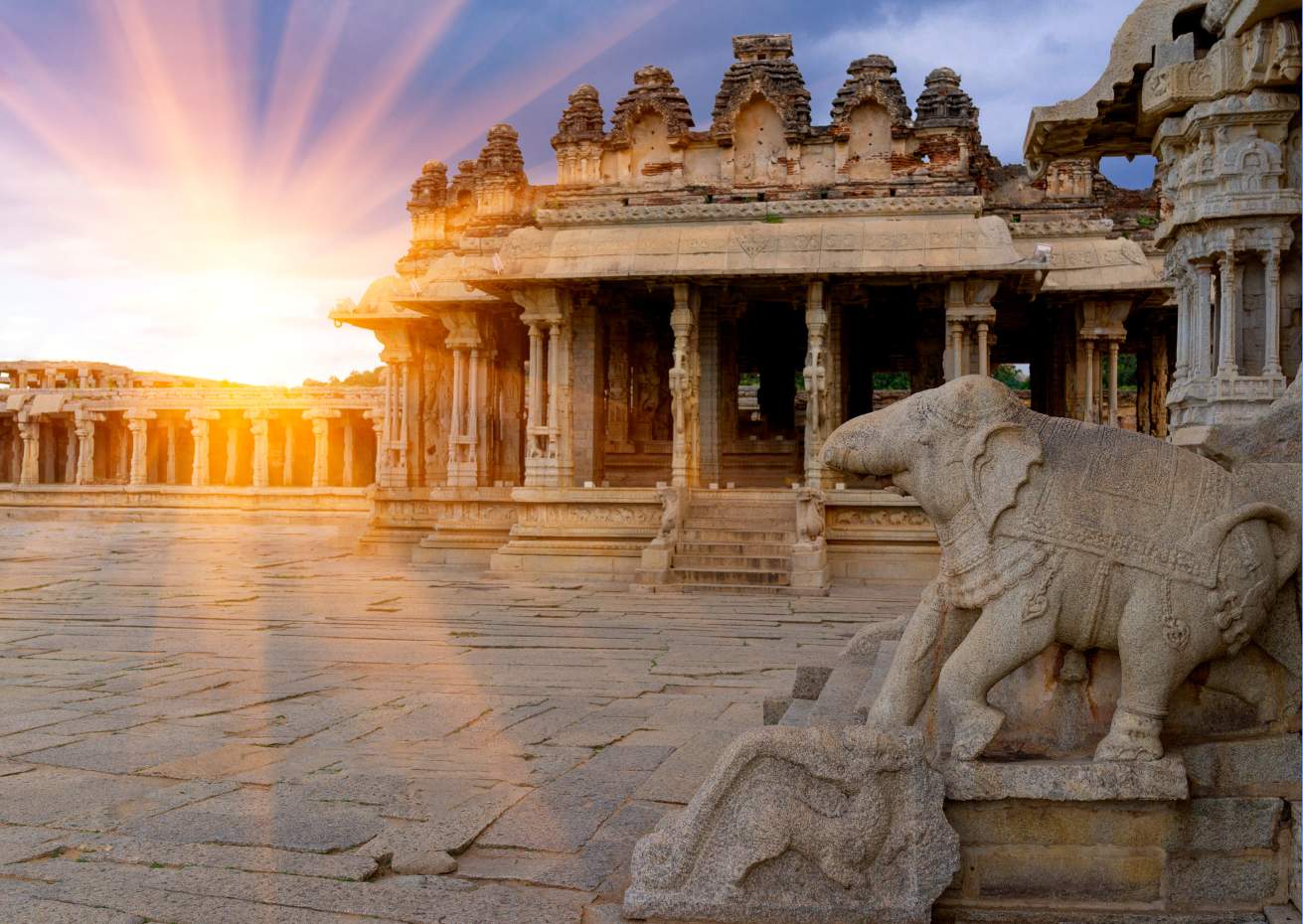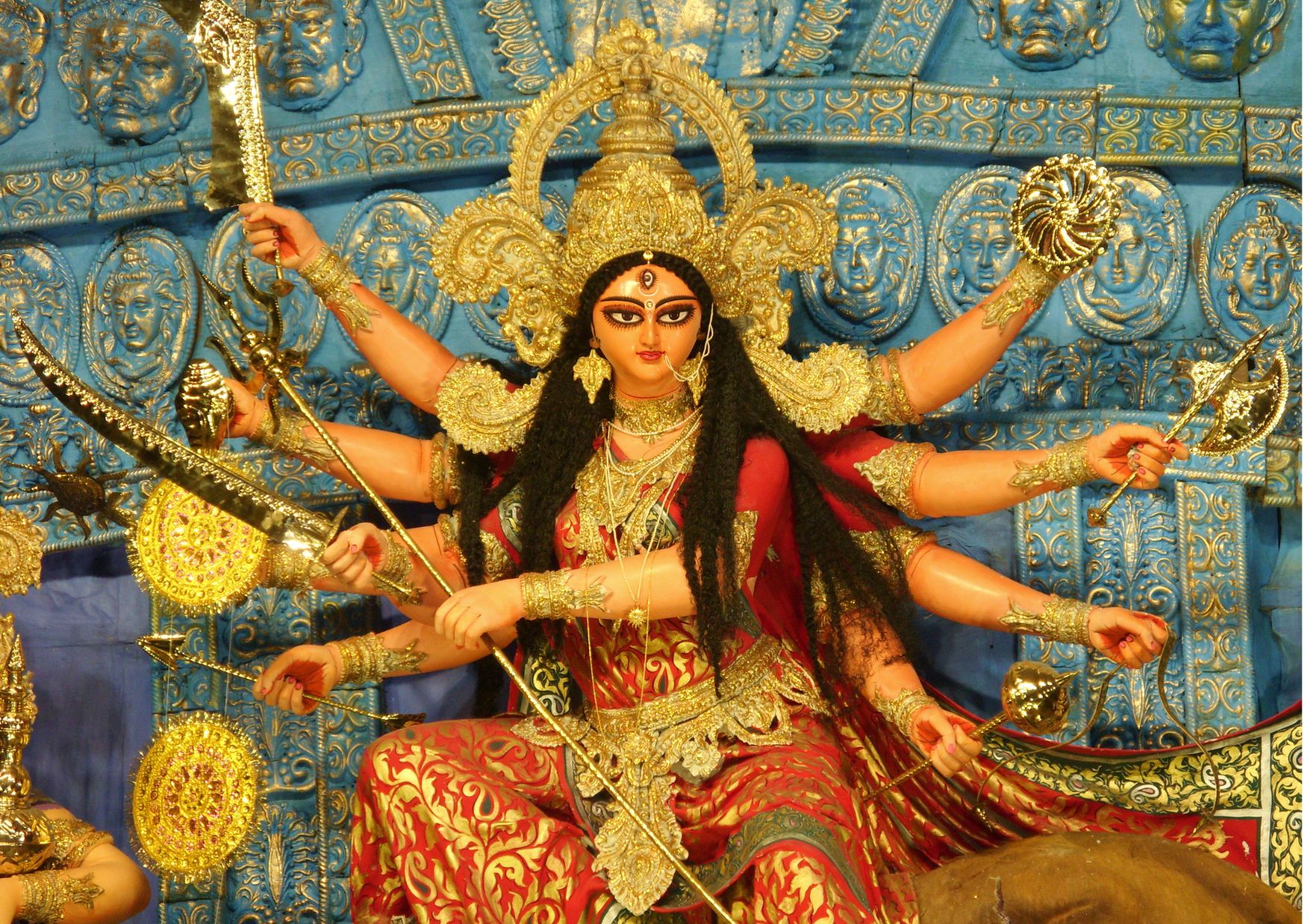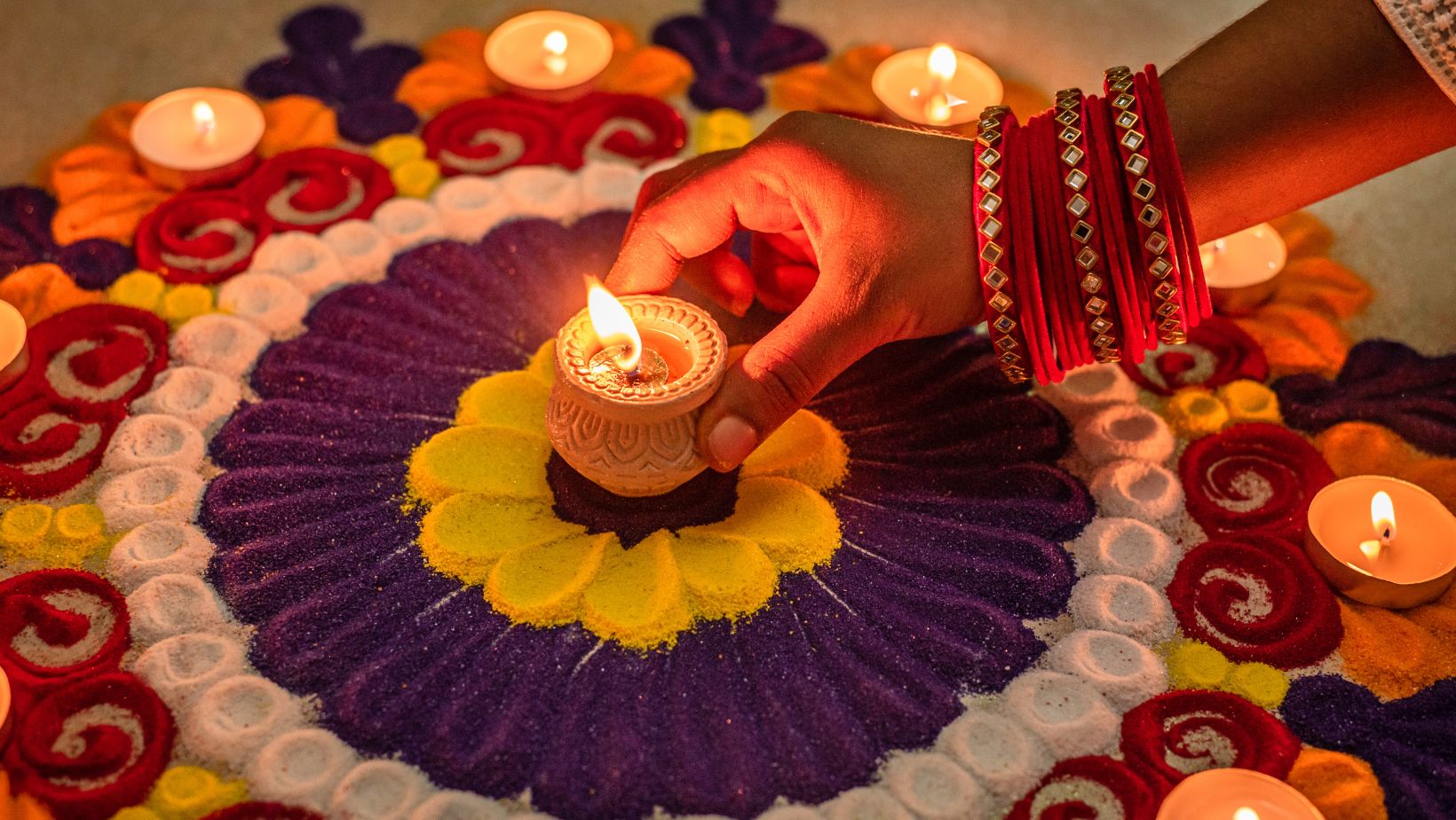The grand Kannadiga legacy: ಉನ್ನತ ದೃಷ್ಟಿಯನ್ನುಳ್ಳ ಕಣ್ಣನ್ನಿರ್ ಜನಾಂಗವೇ ಇಂದಿನ ಕನ್ನಡ ಕುಟುಂಬ!
ಉನ್ನತ ದೃಷ್ಟಿಯನ್ನುಳ ಕಣ್ಣನ್ನಿರ್ ಜನಾಂಗವೇ ಇಂದಿನ ಕನ್ನಡ ಕುಟುಂಬ! As people on the hill have a better vision than those residing in lower regions, the Kannadigas were called Kannannir, it means people with high vision.
Today's Kannada family was once known as the Kannannir race of high vision!
Our Kannada land is the land with the most unique geographical, cultural, and historical base in Bharatakhand, that too in the Dravidian region. To turn the pages of Karnataka's history, one has to go straight into Mohenjodaro and the Harappa civilization. A seal found during Mohenjodaro shows signs of bull, elephant, gandhabherunda, and Varaha swami. These speak of the proximity of Karunad and Mohenjodaro.
It is said in the Mahabharata that Nakula conquered the five clans of Karnataka. That's why there are references to Karnataka in Mahabharata's Bhishma Parva. Kishkinde of Ramayana is also in our country. Karnataka is also mentioned in Varahamihira's Brihat Samhita.
It is now known that Kannada is one of the eighteen lipi (scripts) created by Bramhi based on the Jain heritage. The Egyptians, Greeks, and Romans also maintained close trading relations with the Kannadigas. As proof of this, 163 coins were found in Yashwantpur during the excavation in our state capital Bangalore. They are known to date from Augustus Ty, Berius, and Claudius. Similarly, when excavated near Chandravalli in Chitradurga, brass coins of the time of Han Vaiti, a Chinese ruler belonging to the 2nd century BC were found.
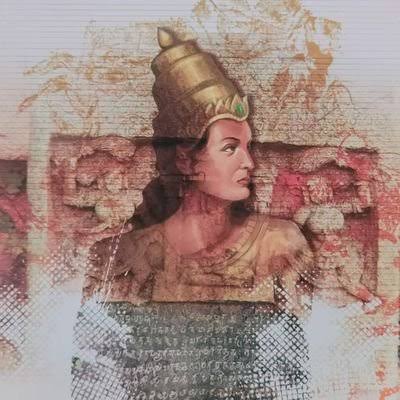
There is a story of a Greek beauty who may have been a princess being brought to the capital of Bharatakhand Samrajya, that too of present Dakshina Kannada district of Karnataka. It is mentioned in one of the scriptures found in South Egypt called Oxy Rincus. The relatives of that Greek beauty came to Bharatakhand and took her to their country. This conversation is written in Greek but has Kannada words in it.
In the book of Greek Geography, Ptolemy mentions many cities of Kannada Nadu like, Aluru, Raichur, Badami, Paithana, Banavasi, Brahmapuri, Venugrama, Brahmagiri, Ichidi, Kaladagi, Konnur, Mangalore, Malpe, Mudagallu, Dhangunda, Aihole, Pattadakallu, Hanagallu, Punnata, Sravanabelagola, Savadatti, Tegur and Siddhapur. Aurangabad region of present-day Maharashtra was earlier known as Paithana Nagara. Which was under the rule of Karnataka kings.
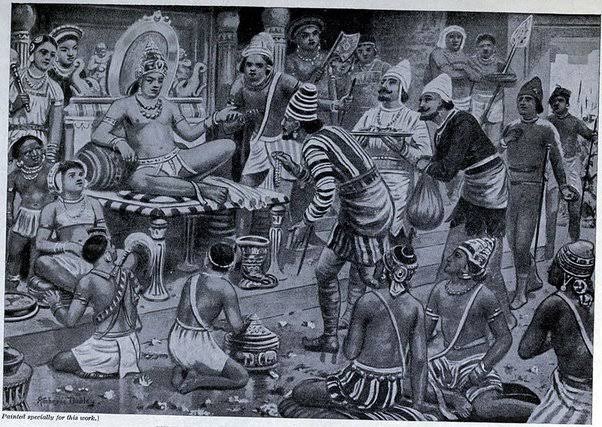
During the 7th century AD, Jain poet Pradyotana Suri said in his work Kuvalaya Mala that “what Yan Chwang called Maharashtra was actually Karnataka. The cave temples of Ajanta and Ellora were in the territories under the Pulikesi kingdom. The river Narmada was the northern boundary of the Chalukyas. In ancient times the entire region below the Vindhyas was known as Karu (high land), Karnataka. At that time, Karnataka itself was known as Maharashtra. Apart from Tamil and Sanskrit, Kannada is probably the only Indian language with the longest history. According to the information of a recent study, which seems to prove that the first inscription of Kannada was not Halmidi, it can be traced much before it.
And even the Rashtrakuta emperor Nripatunga of the 9th century AD in his 'Kaviraja Marga' states that Karnataka is extended from Kaveri to the Great Godavari. A Bengali researcher named Durgasimha tells the fact that there were Kannada mansions all over Bengal in the 10th-11th centuries. The president of the Central Sahitya Akademi, Dr Sunithikumar Chatterjee had said once that the Sena community of current Bengal is a migrated community of Karnataka. In addition to all this, Kannadigas were called Kannannir during the Harappa-Mohenjodaro period. It means people with high vision. People on the hill can have a better vision than the people of lower regions.
Kannadigas have a great legacy behind them. Isn’t it the responsibility of the current generation to protect and nourish it?
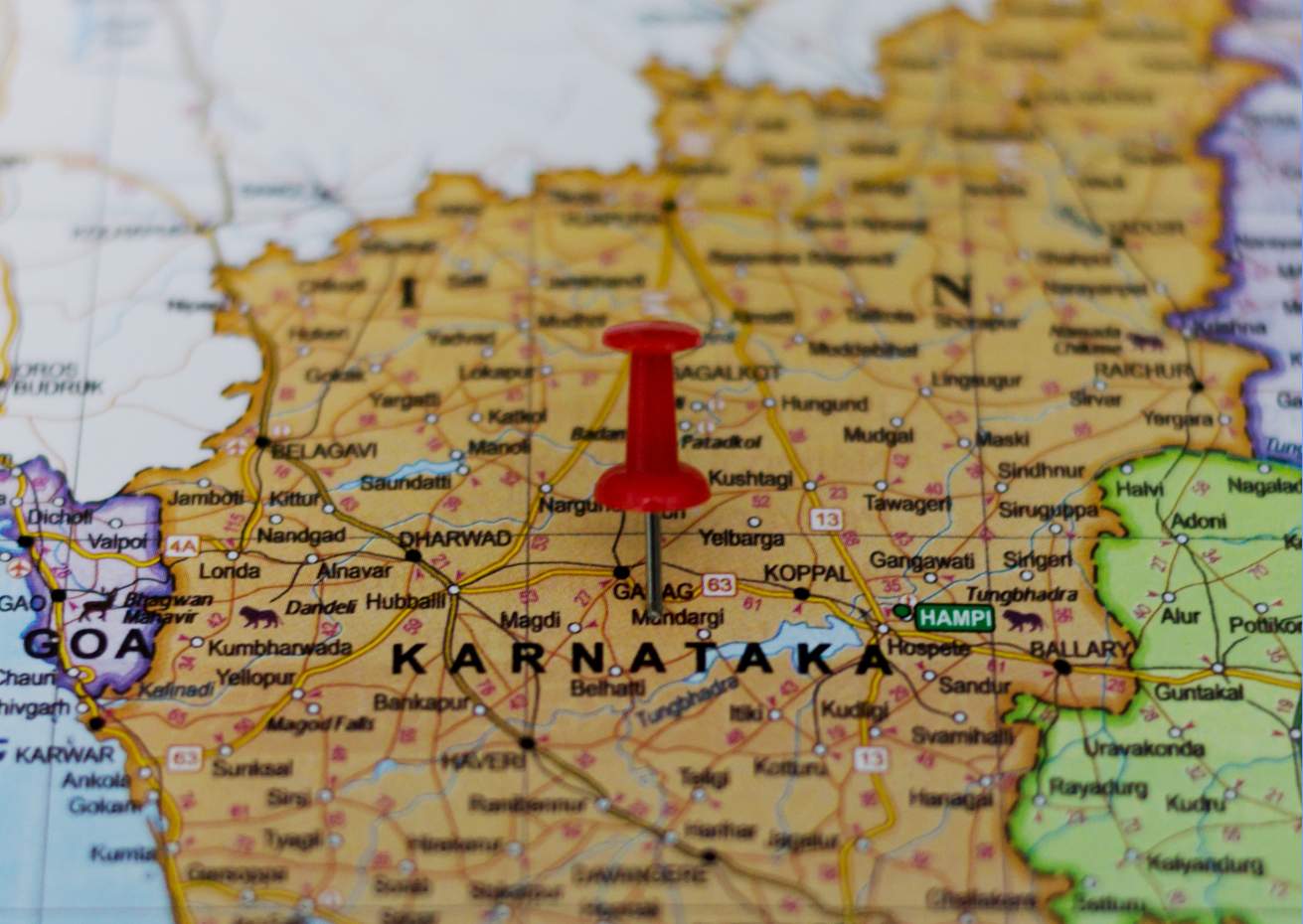
Kannannir: race of high vision
ಉನ್ನತ ದೃಷ್ಟಿಯನ್ನುಳ್ಳ ಕಣ್ಣನ್ನಿರ್ ಜನಾಂಗವೇ ಇಂದಿನ ಕನ್ನಡ ಕುಟುಂಬ!
ಭರತಖಂಡದಲ್ಲಿ, ಅದೂ ದ್ರಾವಿಡ ಪ್ರದೇಶದಲ್ಲಿ ಬರುವ ಅತ್ಯಂತ ವಿಶೇಷವಾದ ಭೌಗೋಳಿಕ, ಸಾಂಸ್ಕೃತಿಕ, ಐತಿಹಾಸಿಕ ಮತ್ತು ಚಾರಿತ್ರಿಕ ನೆಲೆಗಟ್ಟನ್ನು ಹೊಂದಿರುವ ಭೂಮಿಯೇ ನಮ್ಮ ಕನ್ನಡ ನೆಲ. ಕರ್ನಾಟಕದ ಚರಿತ್ರೆಯ ಪುಟಗಳನ್ನು ತಿರುವುತ್ತಾ ಹೋದರೆ, ನೇರವಾಗಿ ಮೊಹೆಂಜೋದಾರೋ ಮತ್ತು ಹರಪ್ಪಾ ನಾಗರೀಕತೆಯ ಸನಿಹ ತೆರಳಬೇಕಾಗುತ್ತದೆ. ಮೊಹೆಂಜೋದಾರೋ ಕಾಲದಲ್ಲಿ ಸಿಕ್ಕ ಒಂದು ಮುದ್ರೆಯ ಮೇಲೆ ಹೋರಿ, ಆನೆ, ಗಂಢಭೇರುಂಡ ಮತ್ತು ವರಾಹ ಸ್ವಾಮಿಯ ಚಿಹ್ನೆಗಳು ಸಿಕ್ಕಿವೆಯಂತೆ. ಇವು ಕರುನಾಡಿಗೂ ಮತ್ತು ಮೊಹೆಂಜೋದಾರೋಕ್ಕೂ ಇರಬಲ್ಲ ಸಾಮೀಪ್ಯತೆಯ ಕುರಿತು ನುಡಿಯುತ್ತವೆ.
ಇನ್ನು ಕರ್ನಾಟಕದ ಐದು ಕುಲಗಳನ್ನು ನಕುಲನು ಗೆದ್ದನೆಂದು ಮಹಾಭಾರತದಲ್ಲಿ ಹೇಳಲಾಗಿದೆ. ಅಷ್ಟೇ ಏಕೆ, ಮಹಾಭಾರತದ ಭೀಷ್ಮ ಪರ್ವದಲ್ಲಿಯೂ ಕರ್ನಾಟಕದ ಕುರಿತು ಉಲ್ಲೇಖಗಳಿವೆ. ರಾಮಾಯಣದ ಕಿಷ್ಕಿಂದೆಯೂ ನಮ್ಮ ನಾಡಿನಲ್ಲಿದೆ. ವರಾಹಮಿಹಿರನ ಬೃಹತ್ ಸಂಹಿತೆಯಲ್ಲಿಯೂ ಕರ್ನಾಟಕದ ಪ್ರಸ್ತಾಪ ಬರುತ್ತದೆ. ಇನ್ನು ಜೈನ ಪರಂಪರೆಯ ಮೇರೆಗೆ ಬ್ರಾಂಹೀ ನಿರ್ಮಿಸಿದ ಹದಿನೆಂಟು ವರ್ಣಮಾಲೆಗಳಲ್ಲಿ ಕನ್ನಡವೂ ಒಂದೆಂದು ತಿಳಿದು ಬಂದಿದೆ.
ಈಜಿಪ್ಟ್ ನವರು, ಗ್ರೀಕ್ ಮತ್ತು ರೋಮನ್ನಿನವರೂ ಸಹ ಕನ್ನಡಿಗರೊಂದಿಗೆ ಆಪ್ತ ವ್ಯಾಪಾರಿ ಸಂಬಂಧವನ್ನು ಇಟ್ಟುಕೊಂಡಿದ್ದರಂತೆ. ಇದಕ್ಕೆ ಪುರಾವೆಯಾಗಿ ನಮ್ಮ ರಾಜ್ಯರಾಜಧಾನಿ ಬೆಂಗಳೂರಿನಲ್ಲಿ ಉತ್ಖನನ ನಡೆಸುವ ಸಂದರ್ಭದಲ್ಲಿ ಯಶವಂತಪುರದಲ್ಲಿ ೧೬೩ ನಾಣ್ಯಗಳು ಲಭಿಸಿದ್ದವು. ಅವು ಅಗಸ್ಟಸ್ ಟೈ, ಬೀರಿಯಸ್ ಮತ್ತು ಕ್ಲಾಡಿಯಸ್ ಕಾಲದವುಗಳೆಂದು ತಿಳಿಯಲ್ಪಟ್ಟಿವೆ. ಅದೇ ರೀತಿ ಚಿತ್ರದುರ್ಗದ ಚಂದ್ರವಳ್ಳಿಯ ಬಳಿ ಅಗೆತ ಮಾಡಿದಾಗ, ಕ್ರಿಸ್ತಪೂರ್ವ ೨ನೇ ಶತಮಾನಕ್ಕೆ ಸೇರಿದ ಚೀನಿ ದೊರೆಯಾದ ಹ್ಯಾನ್ ವೈತಿ ಎಂಬಾತನ ಕಾಲದ ಹಿತ್ತಾಳೆ ನಾಣ್ಯಗಳು ಸಿಕ್ಕಿವೆ.
ಇನ್ನು ದಕ್ಷಿಣ ಈಜೀಪ್ಟ್ನಲ್ಲಿ ಆಕ್ಸಿ ರಿಂಕಸ್ ಎಂಬ ಕಡೆ ಸಿಕ್ಕ ಗ್ರಂಥದ ಖಂಡವೊಂದರಲ್ಲಿ ರಾಜಕುಮಾರಿ ಆಗಿರಬಹುದಾದ ಒಬ್ಬ ಗ್ರೀಕ್ ಸುಂದರಿಯನ್ನು ಭರತಖಂಡದ, ದಕ್ಷಿಣ ಕನ್ನಡ ಜಿಲ್ಲೆಯ ಅರಸನೊಬ್ಬನು ತನ್ನ ರಾಜಧಾನಿಗೆ ಹೊತ್ತುಕೊಂಡು ಬಂದ ಕಥೆಯಿದೆ. ಆ ಗ್ರೀಕ್ ಸುಂದರಿಯ ಬಂಧುಗಳು ಭರತಖಂಡಕ್ಕೆ ಬಂದು, ಅರಸನಿಗೆ ಮಧುಪಾನ ಮಾಡಿಸಿ, ಆಕೆಯನ್ನು ಬಿಡಿಸಿಕೊಂಡು ತಮ್ಮ ದೇಶಕ್ಕೆ ಕರೆದುಕೊಂಡು ಹೋದರು. ಈ ಪ್ರಹಸನ ಗ್ರೀಕ್ ಭಾಷೆಯಲ್ಲಿ ಬರೆಯಲ್ಪಟ್ಟಿದೆಯಾದರೂ ಅದರಲ್ಲಿ ಕನ್ನಡದ ಮಾತುಗಳಿವೆ. ಗ್ರೀಕ್ ಭೌಗೋಳಿಕ ಟಾಲೇಮಿನ ಪುಸ್ತಕದಲ್ಲಿ ಕನ್ನಡನಾಡಿನ ನಗರಗಳಾದ ''ಆಲೂರು, ರಾಯಚೂರು, ಬಾದಾಮಿ, ಪೈಠಣ, ಬನವಾಸಿ, ಬ್ರಹ್ಮಪುರಿ, ವೇಣುಗ್ರಾಮ, ಬ್ರಹ್ಮಗಿರಿ, ಇಚಿಡಿ, ಕಲಾದಗಿ, ಕೊಣ್ಣೂರು, ಮಂಗಳೂರು, ಮಲ್ಪೆ, ಮುದಗಲ್ಲು, ಮುಳುಗುಂದ, ಐಹೊಳೆ, ಪಟ್ಟದಕಲ್ಲು, ಹಾನಗಲ್ಲು, ಪುನ್ನಾಟ, ಶ್ರವಣಬೆಳಗೊಳ, ಸವದತ್ತಿ, ತೇಗೂರು, ಸಿದ್ಧಾಪುರ ಇತ್ಯಾದಿ ಪ್ರದೇಶಗಳ ಹೆಸರು ಉಲ್ಲೇಖವಾಗಿದೆ. ಈಗಿನ ಮಹಾರಾಷ್ಟಾದ ಔರಂಗಾಬಾದ್ ಪ್ರದೇಶವೇ ಹಿಂದಿನ ಪೈಠಣ ನಗರ. ಕ್ರಿ.ಶಕ. ೭ನೇಯ ಶತಮಾನದಲ್ಲಿದ್ದ ಪ್ರದ್ಯೋತನ ಸೂರಿ ಎಂಬ ಜೈನ ಕವಿಯು ತನ್ನ 'ಕುವಲಯ ಮಾಲಾ' ಎಂಬ ಕೃತಿಯಲ್ಲಿ ಹೇಳಿರುವಂತೆ ''ಯಾನ್ ಛ್ವಾಂಗ್'' ಯಾವುದನ್ನು ಮಹಾರಾಷ್ಟ್ರವೆಂದು ಕರೆದನೋ ಅದು ಕರ್ನಾಟಕವೇ ಆಗಿದ್ದಿತು. ಅಜಂತಾ, ಎಲ್ಲೋರಾ ಗುಹಾ ದೇವಾಲಯಗಳು ಪುಲಿಕೇಶೀ ರಾಜ್ಯಕ್ಕೆ ಒಳಪಟ್ಟ ಪ್ರದೇಶಗಳಲ್ಲಿಯೇ ಇದ್ದವು. ನರ್ಮದಾ ನದಿಯು ಚಾಲುಕ್ಯರ ಉತ್ತರದ ಗಡಿಯಾಗಿತ್ತು.

ಪ್ರಾಚೀನ ಕಾಲದಲ್ಲಿ ವಿಂಧ್ಯದ ಕೆಳಗಿನ ಪ್ರದೇಶಕ್ಕೆಲ್ಲ ಕರು(ಎತ್ತರದ ನಾಡು) , ಕರ್ನಾಟಕ ಎಂಬ ಹೆಸರಿದ್ದಿತು. ಆಗ ಕರ್ನಾಟಕವೇ ಮಹಾರಾಷ್ಟ್ರವೆನಿಸಿದ್ದಿತು. ತಮಿಳು ಮತ್ತು ಸಂಸ್ಕೃತ ಭಾಷೆಯನ್ನು ಬಿಟ್ಟರೆ ಅತೀ ಹೆಚ್ಚು ಇತಿಹಾಸವನ್ನು ಹೊಂದಿರುವ ಮಗದೊಂದು ಭಾರತೀಯ ಭಾಷೆಯೇ ಕನ್ನಡವೆನ್ನಬಹುದು. ಇತ್ತೀಚಿಗೆ ಬಂದ ಮಗದೊಂದು ಮಾಹಿತಿಯ ಪ್ರಕಾರ ಕನ್ನಡದ ಪ್ರಥಮ ಶಾಸನ ಹಲ್ಮಿಡಿಗೂ ಪೂರ್ವದಲ್ಲಿತ್ತೆಂಬುದನ್ನು ಸಾಬೀತು ಪಡಿಸುವಂತಿದೆಯಂತೆ!

ಇನ್ನು ಕ್ರಿಸ್ತಶಕ ೯ನೇ ಶತಮಾನದ ರಾಷ್ಟ್ರಕೂಟ ಚಕ್ರವರ್ತಿ ನೃಪತುಂಗನು ತನ್ನ 'ಕವಿರಾಜ ಮಾರ್ಗದಲ್ಲಿ' ಕರ್ನಾಟಕವು ಕಾವೇರಿಯಿಂದ ಮಹಾ ಗೋದಾವರಿಯವರೆಗೆ ಹಬ್ಬಿತ್ತೆಂದು ತಿಳಿಸುತ್ತಾನೆ. ಇನ್ನು ಬಂಗಾಲಿ ಸಂಶೋಧಕ ದುರ್ಗಸಿಂಹ ಎಂಬಾತನು, ೧೦ -೧೧ನೇಯ ಶತಮಾನಗಳಷ್ಟು ಹಿಂದೆ ಬಂಗಾಲದ ತುಂಬೆಲ್ಲ ಕನ್ನಡದ ಭವನಗಳು ಇದ್ದವು ಎಂಬ ಸಂಗತಿಯನ್ನು ತಿಳಿಸುತ್ತಾನೆ. ಬಂಗಾಲದ ಸೇನರು ಕರ್ನಾಟಕದಿಂದ ಬಂದರೆನ್ನುವ ಸೋಜಿಗದ ಸಂಗತಿಯನ್ನು ಕೇಂದ್ರ ಸಾಹಿತ್ಯ ಅಕಾಡೆಮಿಯ ಅಧ್ಯಕ್ಷರಾಗಿದ್ದ ಡಾ|| ಸುನೀತಿಕುಮಾರ್ ಚಟರ್ಜಿಯವರು ತಿಳಿಸಿದ್ದರು. ಇದೆಲ್ಲಕ್ಕಿಂತ ಮಿಗಿಲಾಗಿ ಹರಪ್ಪ- ಮೊಹೆಂಜೋದಾರೋ ಕಾಲದಲ್ಲಿ ಕನ್ನಡಿಗರಿಗೆ ಕಣ್ಣನ್ನಿರ್ ಎಂದು ಕರೆಯುತ್ತಿದ್ದರಂತೆ. ಅದರರ್ಥ ಉನ್ನತ ದೃಷ್ಟಿಯುಳ್ಳ ಜನ. ಬೆಟ್ಟದ ಮೇಲಿರುವ ಜನರು ಕೊಳ್ಳದಲ್ಲಿ ಇರುವ ಜನರಿಗಿಂತಲೂ ಹೆಚ್ಚು ದೂರ ನೋಡಬಲ್ಲರೆಂದು ಇದರರ್ಥವಾಗಿದೆ. ಇಷ್ಟೆಲ್ಲಾ ವಿಶೇಷತೆಗಳ ಐತಿಹಾಸಿಕ ನೆಲೆಗಟ್ಟನ್ನು ಹೊಂದಿರುವ ಕನ್ನಡಿಗರು ಈ ಭಾಷೆ ಮತ್ತು ಸಂಸ್ಕೃತಿಯನ್ನು ಹಿಂದಿನ ಪೀಳಿಗೆಗಳಂತೆಯೇ ಕಾಪಾಡಿಕೊಂಡು ಹೋಗಬೇಕಾಗಿದೆ. ಅಲ್ಲವೇ?

